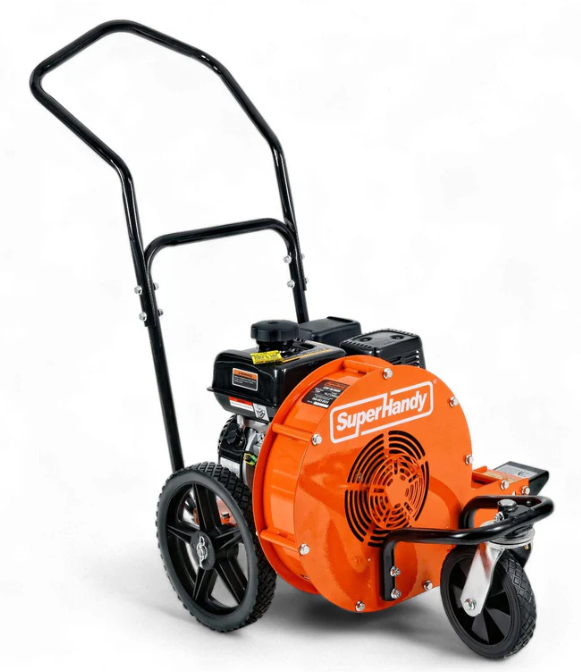
Finding the right leaf blower means thinking about your yard size, the kind of debris you face, and what feels comfortable for you. Pay attention to CFM, MPH, and noise levels. > Remember, when you choose a leaf blower, the right blower works best for your unique space.
Key Takeaways
-
Choose a leaf blower that fits your yard size: handheld for small yards, backpack for medium, and walk-behind for large spaces.
-
Match the blower power to your debris type; stronger airflow and speed help with heavy or wet leaves.
-
Pick quieter, battery-powered models to follow local noise rules and make yard work easier and neighbor-friendly.
Leaf Blower Buying Guide
Choosing the right leaf blower starts with understanding your yard and your needs. This leaf blower buying guide will help you match the best tool to your space and local rules. Let’s break down the important factors to consider before you shop.
Yard Size
Your yard size plays a big role in picking the right leaf blower. If you have a small or medium yard, a handheld model usually works best. These are light, easy to carry, and perfect for quick yard cleanup. For bigger yards, you might want a backpack blower. These give you more power and help you cover more ground without getting tired. If you have a very large property or do commercial work, a walk-behind blower can save you time and effort.
Tip: Think about how much time you want to spend on yard cleanup. A bigger blower can make the job faster if you have a lot of space.
Here’s a quick look at consumer trends for different yard sizes and needs:
|
Criteria |
Consumer Trend / Market Insight |
|---|---|
|
Product Type |
Handheld leaf blowers dominate for small to medium yards. Backpack blowers are popular for noise reduction in residential areas. Walk-behind models suit large or commercial spaces. |
|
Power Source |
Gas-powered blowers are strong but less popular now due to noise and pollution. Battery-powered and corded electric blowers are growing because they are quiet and easy to use. |
|
Consumer Preferences |
People want eco-friendly, lightweight, and quiet blowers. Cordless models are popular for convenience and local rule compliance. |
Debris Type
Not all yards have the same kind of mess. Some yards get covered in dry leaves, while others have pine needles, twigs, or even acorns. The type of debris you deal with will help you choose the right features. If you mostly have light leaves, a lower-powered blower will do the trick. For heavier debris, like wet leaves or sticks, you need a blower with more power and maybe even a vacuum or mulching feature.
-
Yard size affects which leaf blower works best: handheld for small to medium, backpack for bigger spaces, and walk-behind for very large areas.
-
Debris type matters. If you have lots of heavy or wet debris, look for a blower with strong airflow and maybe a mulching option.
-
Features like variable speed control help you handle different types of debris and make your work easier.
You want a tool that matches your yard’s needs, so you don’t waste time or energy.
Noise and Local Rules
Noise is a big deal when it comes to leaf blowers. Many cities have rules about how loud your equipment can be and when you can use it. Gas-powered blowers are the loudest, often reaching 90 to 102 decibels. Electric and battery-powered models are much quieter, usually between 65 and 78 decibels. Some towns only allow blowers under a certain noise level, especially during certain hours.
For example, the City of Alexandria, VA, has a rule that will phase out gas-powered blowers by 2026. They also set hours for when you can use any lawn equipment. Over 200 cities in the U.S. have similar rules. These laws encourage people to pick quieter, battery-powered blowers. Battery models not only meet noise rules but also create less disturbance for your neighbors.
Note: Always check your local rules before you buy. Picking a quiet, battery-powered leaf blower can help you avoid fines and keep the peace in your neighborhood.
When you look at all these points—yard size, debris type, and noise rules—you can see why it’s smart to match your leaf blower to your unique situation. These are the most important factors to consider for a smooth and easy yard cleanup.
Blower Types
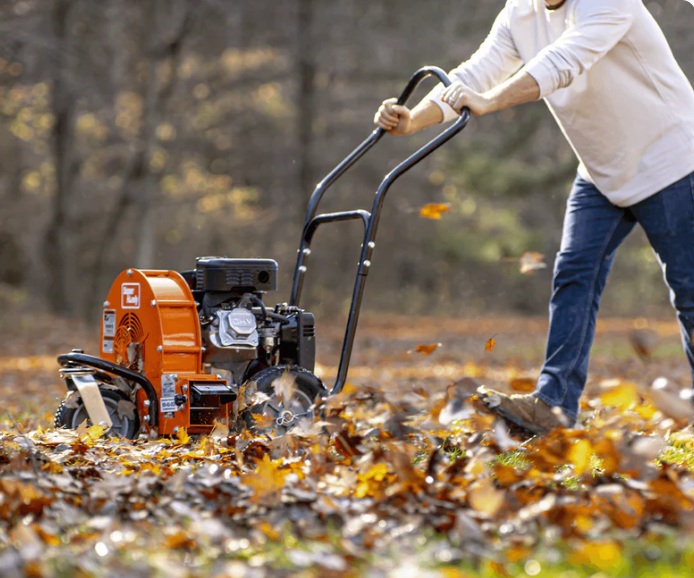
When you shop for a leaf blower, you’ll notice three main types of leaf blowers: handheld, backpack, and walk-behind. Each one fits a different kind of yard and job. Here’s a quick look at how they compare:
|
Type |
Best For |
Power Source |
Key Features |
|---|---|---|---|
|
Handheld leaf blowers |
Small yards, tight spaces |
Gas, Electric, Battery |
Lightweight, easy to use, low noise |
|
Backpack leaf blowers |
Medium to large yards |
Gas, Battery |
More power, longer use, ergonomic straps |
|
Walk behind leaf blowers |
Large lawns, commercial use |
Gas |
High power, covers big areas fast |
Walk-Behind
Walk behind leaf blowers are the heavy hitters. You push them like a lawn mower, and they clear huge piles of leaves fast. These blowers suit big properties, parks, or commercial jobs. Walk behind leaf blowers use powerful gas engines and can handle wet leaves, sticks, and even acorns. They cost more, but you save time if you have a lot of ground to cover. If you manage a large lawn or help with community cleanups, walk behind leaf blowers make the job much easier.
Tip: Lighter, quieter models work best for city yards. If you have a big property, go for more powerful types of leaf blowers.
Power Sources
When you look at leaf blower comparisons, you’ll see three main power sources: gas, corded electric, and cordless battery. Each one has its own strengths and fits different yard needs.
|
Leaf Blower Type |
Power Output (CFM) |
Air Speed (MPH) |
Weight Range |
Power Source |
|---|---|---|---|---|
|
Gas |
400+ |
150+ |
10-20 lbs |
25-40cc engine |
|
Corded Electric |
300-500 |
120-150 |
7-15 lbs |
Electric corded |
|
Cordless |
250-350 |
100-120 |
5-10 lbs |
20-40V lithium-ion battery |
Gas
A gas leaf blower gives you the most power. You can clear big piles of wet leaves and heavy debris fast. This makes gas models great for large yards or tough jobs. But they are heavy, noisy, and need regular care. You have to mix fuel, check spark plugs, and clean parts often. Gas blowers also create a lot of pollution. In the U.S., lawn equipment like gas leaf blowers releases millions of tons of CO2 and fine particles every year. Some cities now ban or limit gas models because of noise and emissions.
Tip: If you need raw power and have a big yard, a gas leaf blower works best. Just remember the extra noise and upkeep.
Corded Electric
A corded leaf blower is lighter and quieter than gas. You just plug it in and press a button to start. You don’t need to worry about fuel or fumes. Maintenance is simple—just keep it clean and check the cord. Corded models work well for most home gardens, but you need an outlet and a long extension cord. They give you steady power for as long as you need, but the cord can get in the way if you have a large yard.
Key Features
CFM and MPH
When you look at leaf blower features, you will see two numbers: CFM and MPH. CFM stands for cubic feet per minute. This tells you how much air the blower moves. MPH means miles per hour and shows how fast the air comes out. If you want to clear big piles of dry leaves, you need a higher CFM. Sticky or wet leaves need more MPH to move them. Nozzle shape also matters. A wide nozzle moves more air, while a narrow one gives you more speed and control.
Here’s a quick look at how some popular models compare:
|
Brand/Model |
CFM |
MPH |
Notes |
|---|---|---|---|
|
Ryobi RY25AXB Handheld |
520 |
160 |
High performance handheld |
|
Husqvarna 525BX Handheld |
459 |
157 |
Low vibration design |
|
Husqvarna 580BFS Backpack |
1000 |
220 |
High power, pro use |
|
Billy Goat Force Walk-Behind |
1150 |
200 |
Best for large areas |
|
Craftsman BP510 Backpack |
600 |
220 |
Easy Start tech |
|
Troy-Bilt TB400 |
400 |
180 |
Budget-friendly |
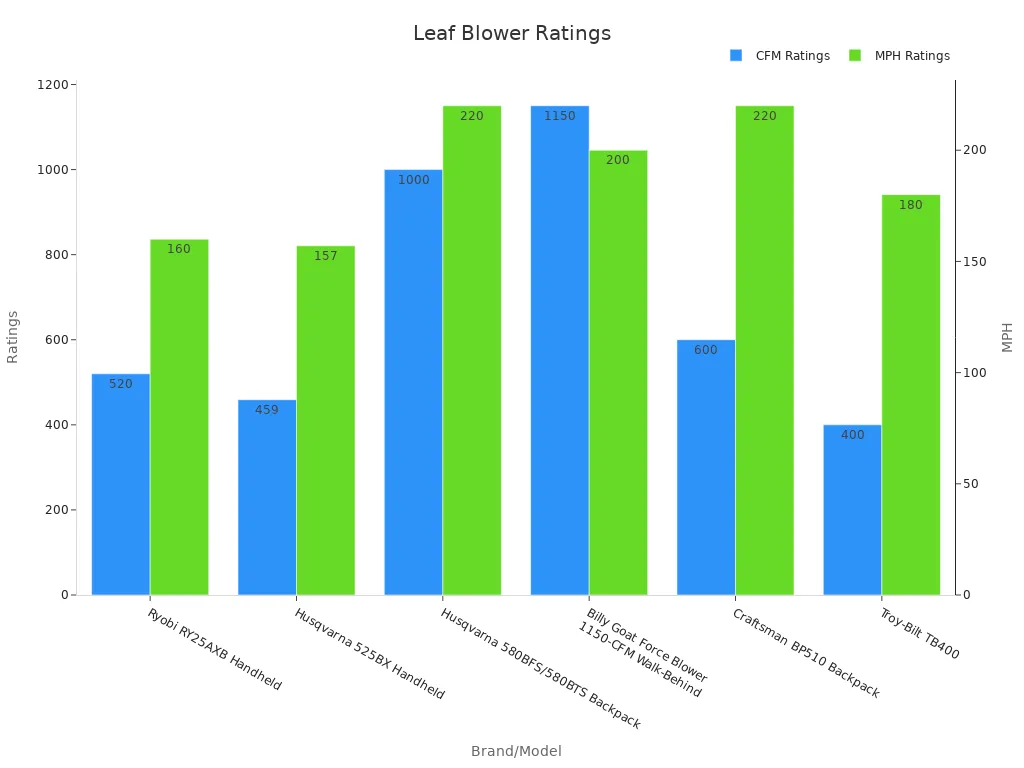
For small yards, look for 150–400 CFM. Medium yards do well with 400–700 CFM. Large yards or heavy debris need 700+ CFM.
Safety and Ease of Use
Modern leaf blower features make your work safer and easier. Many models now have noise control and vibration reduction. These help you stay comfortable and protect your hearing. Always wear safety glasses and avoid loose clothing when you use a blower. Choose a model with simple controls and a comfortable grip. This makes it easier to use and helps prevent accidents.
Tip: Pick a leaf blower that matches your yard and feels right in your hands. You will get the job done faster and stay safe.
Best Leaf Blower for Yard Size
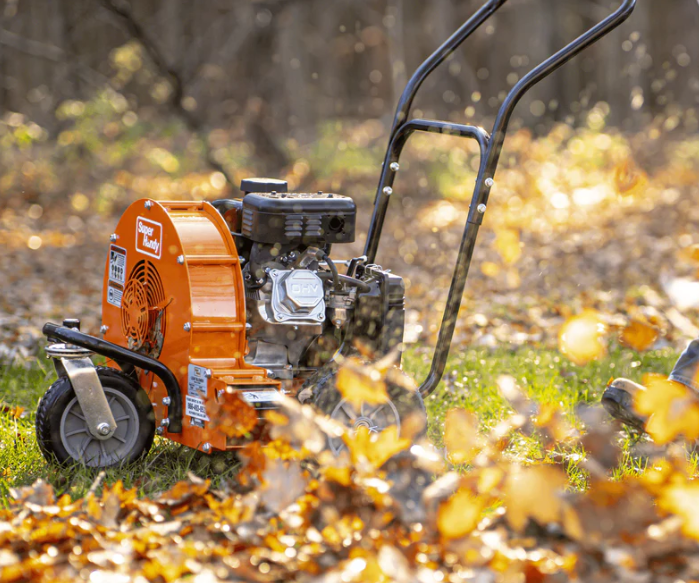
Choosing the best leaf blower for your yard starts with knowing how much space you have and what kind of mess you need to clear. Let’s break it down by yard size so you can find the right fit for your home.
Small Yards
If you have a small yard, you want a tool that is light, easy to handle, and quiet. Most people with small spaces do not need a lot of power. You can pick up leaves, dust, and grass clippings with a compact electric leaf blower. These models often weigh less than 7 pounds, so you can carry them with one hand. You do not have to worry about gas or loud noise.
Here’s a quick look at some top features for small yards:
|
Model Name |
Power Type |
CFM |
MPH |
Weight |
Special Features |
|---|---|---|---|---|---|
|
Worx 135 MPH 800 CFM 12 Amp Electric Blower |
Electric |
800 |
135 |
6.6 lb |
Hyper-Stream nozzle, cord lock |
|
Small Electric Blower (compact) |
Electric |
100 |
135 |
2.5 lb |
Variable speed, easy for tight spaces |
-
Electric leaf blowers work best for small yards.
-
You get enough power to clear dry leaves and light debris.
-
Corded models give you unlimited run time, but you need an outlet nearby.
-
Cordless models let you move freely, but you may need to recharge after 20-30 minutes.
Tip: If you want the best leaf blower for a small yard, look for a lightweight electric model with a variable speed trigger. You will finish your cleanup fast and with less effort.
Medium Yards
Medium yards need a bit more power and flexibility. You might have more trees, thicker grass, or a mix of wet and dry leaves. A backpack or high-powered handheld leaf blower can help you cover more ground without getting tired. Many people choose cordless models for medium yards because they are quiet and easy to move around.
What should you look for?
-
Choose a blower with 400–700 CFM for medium yards.
-
Cordless battery-powered models give you freedom and enough run time for most jobs.
-
Backpack blowers spread the weight across your shoulders, so you can work longer.
-
Look for ergonomic handles and padded straps for comfort.
Some cordless models, like the Enhulk Pro Series 930 CFM, can clear both dry and wet leaves, pine needles, and even small branches. You get up to 2 hours of run time on low speed, which is plenty for most medium yards. These blowers are quieter than gas models, usually around 73 dB, so you will not disturb your neighbors.
Note: If you have a mix of debris or need to work for longer periods, a backpack or high-powered cordless leaf blower is a smart choice.
Large Yards
Large yards or properties with lots of trees need the most powerful tools. You may have to clear heavy, wet leaves, sticks, or even acorns. Gas-powered blowers and walk-behind models give you the highest blowing force. These machines can move up to 1300 CFM and reach speeds of 160 MPH. You can clear big piles of debris quickly.
Here are some things to keep in mind:
-
Gas-powered and walk-behind blowers work best for large yards and heavy-duty jobs.
-
These models often have adjustable handles, wheels, and ergonomic grips to help you control the machine.
-
You will notice more noise, sometimes up to 100 dB, so wear hearing protection.
-
Some high-powered cordless blowers now offer similar performance with less noise and no emissions.
-
Walk-behind models like the Champion Power Equipment 160 MPH 1300 CFM are great for very large spaces. You get features like adjustable wind vanes and swivel wheels for easy movement.
If you want the best leaf blower for a large yard, pick a model with high CFM and MPH ratings. Look for features that make it easier to push or carry, especially if you have a lot of ground to cover.
Summary Table: Matching Yard Size to Blower Type
|
Yard Size |
Recommended Blower Type |
Power Source |
CFM Range |
Best For |
|---|---|---|---|---|
|
Small |
Handheld, Compact Electric |
Corded/Cordless |
100–400 |
Light debris, tight spaces |
|
Medium |
Backpack, High-Power Handheld |
Cordless/Battery |
400–700 |
Mixed debris, longer run time |
|
Large |
Walk-Behind, Gas, Pro Cordless |
Gas/Battery |
700–1300 |
Heavy debris, large open spaces |
You can see that the best leaf blower for your yard depends on matching the right power and design to your space. Think about what you need to clear, how much area you have, and how much noise you can handle. This way, you will find a tool that makes yard work easier and faster.
Leaf Blower Buying Considerations
Maintenance
You want a leaf blower that fits your lifestyle. Some models need more care than others. Gas-powered blowers ask for regular fuel mixing, spark plug checks, and filter cleaning. You might spend extra time and money on these tasks. Electric and battery-powered blowers need less attention. You just keep them clean and charge the battery. Corded models only need you to check the cord for damage. If you want less hassle, electric models make life easier.
Warranty
A good warranty gives you peace of mind when buying a leaf blower. Most brands offer at least a one-year warranty. Some electric models come with longer coverage, sometimes up to five years. Always check what the warranty covers. Look for protection on the motor, battery, and main parts. A strong warranty can save you money if something breaks.
When you consider these leaf blower buying considerations, you make a smarter choice. You get a tool that fits your needs and budget.
Buying a Leaf Blower: Quick Checklist
Ready to pick the right tool for your yard? Use this quick checklist to make buying a leaf blower simple and stress-free.
Needs Assessment
-
Look at your yard. Is it small, medium, or large?
-
Think about the type of debris you need to clear. Do you have dry leaves, wet leaves, or heavier stuff like twigs and acorns?
-
Check your local noise rules. Some places limit when or how loud a blower can be.
-
Decide how much weight you can carry and how long you want to work at a time.
Tip: Write down your answers. This helps you focus on what matters most when you choose a leaf blower.
Feature Comparison
Now, compare the top models side by side. Here’s a handy table to help you see the differences:
|
Model |
Power Output |
Battery Life |
Airspeed |
Airflow Capacity |
Weight |
Noise Level |
Special Features |
|---|---|---|---|---|---|---|---|
|
Dewalt DCM572 54V XR |
Highest air volume |
Long runtime |
195 km/h |
Top airflow |
N/A |
Efficient |
Flexvolt tech, variable speed |
|
Karcher LB 930/36 BP |
High power, quiet |
Up to 80 min |
Adjustable |
N/A |
Light |
Low |
Cordless, brushless motor |
|
Makita DUB184 18V LXT |
Efficient, light |
Moderate |
N/A |
N/A |
3.3 kg |
N/A |
Ergonomic, battery system |
|
Rio V Jet Fan |
Budget-friendly |
N/A |
100 MPH |
280 CFM |
Light |
N/A |
Variable speed, detachable tube |
You can see that some models, like the Dewalt DCM572, give you more power for big jobs. Others, like the Rio V Jet Fan, work well for lighter tasks and cost less.
Final Decision
-
Match your needs to the features. If you have a big yard with heavy debris, go for a high-power model.
-
For small spaces or light cleanup, a lightweight, budget-friendly blower is enough.
-
Always check the warranty and think about long-term costs.
-
Pick the model that feels right for you and fits your yard.
Remember: Buying a leaf blower is easier when you know what you need and compare your options. Take your time and choose a leaf blower that makes yard work a breeze!
You can find the best leaf blower by following a few simple steps.
-
Check your yard size and debris.
-
Compare blower types and power sources.
-
Look at key features, maintenance, and cost.
Tip: Use the checklist above to make a smart, confident choice!


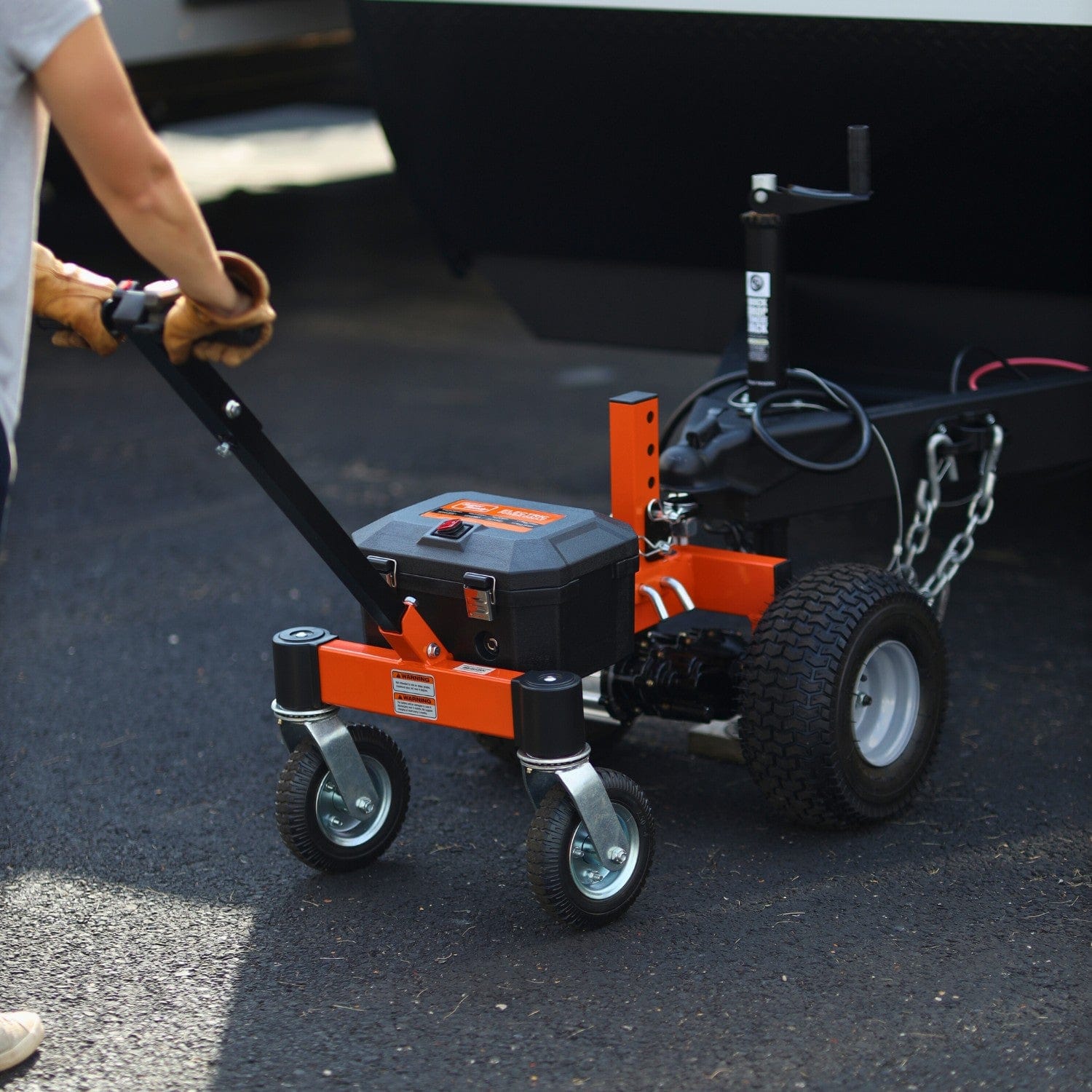
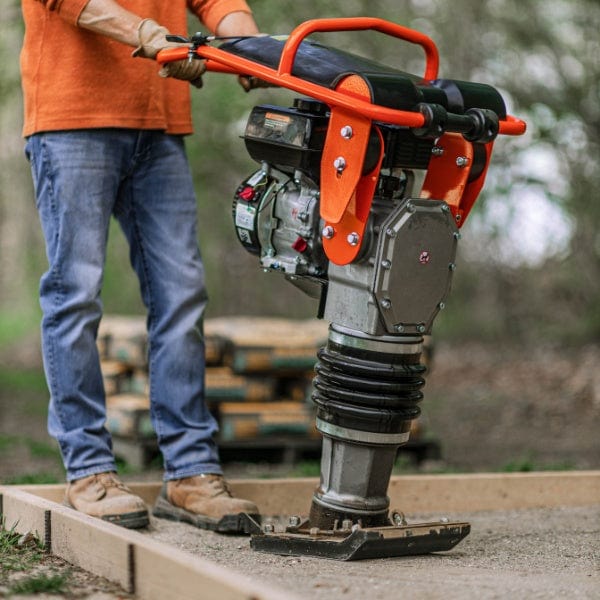
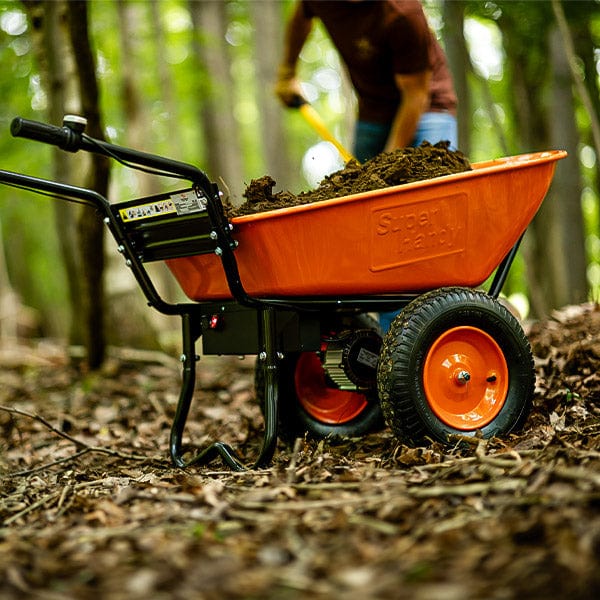
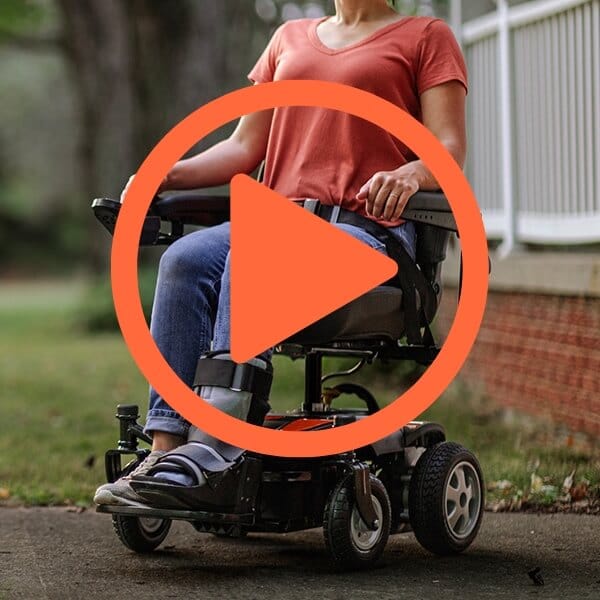

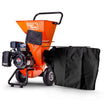
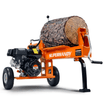
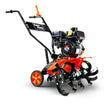
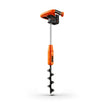
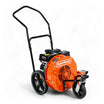
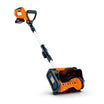
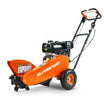
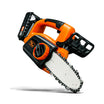

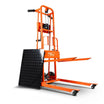
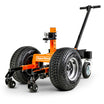
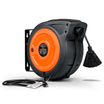
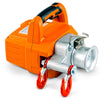
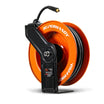

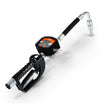
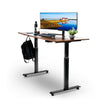
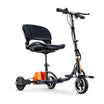
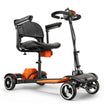
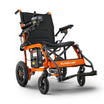
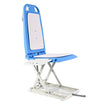

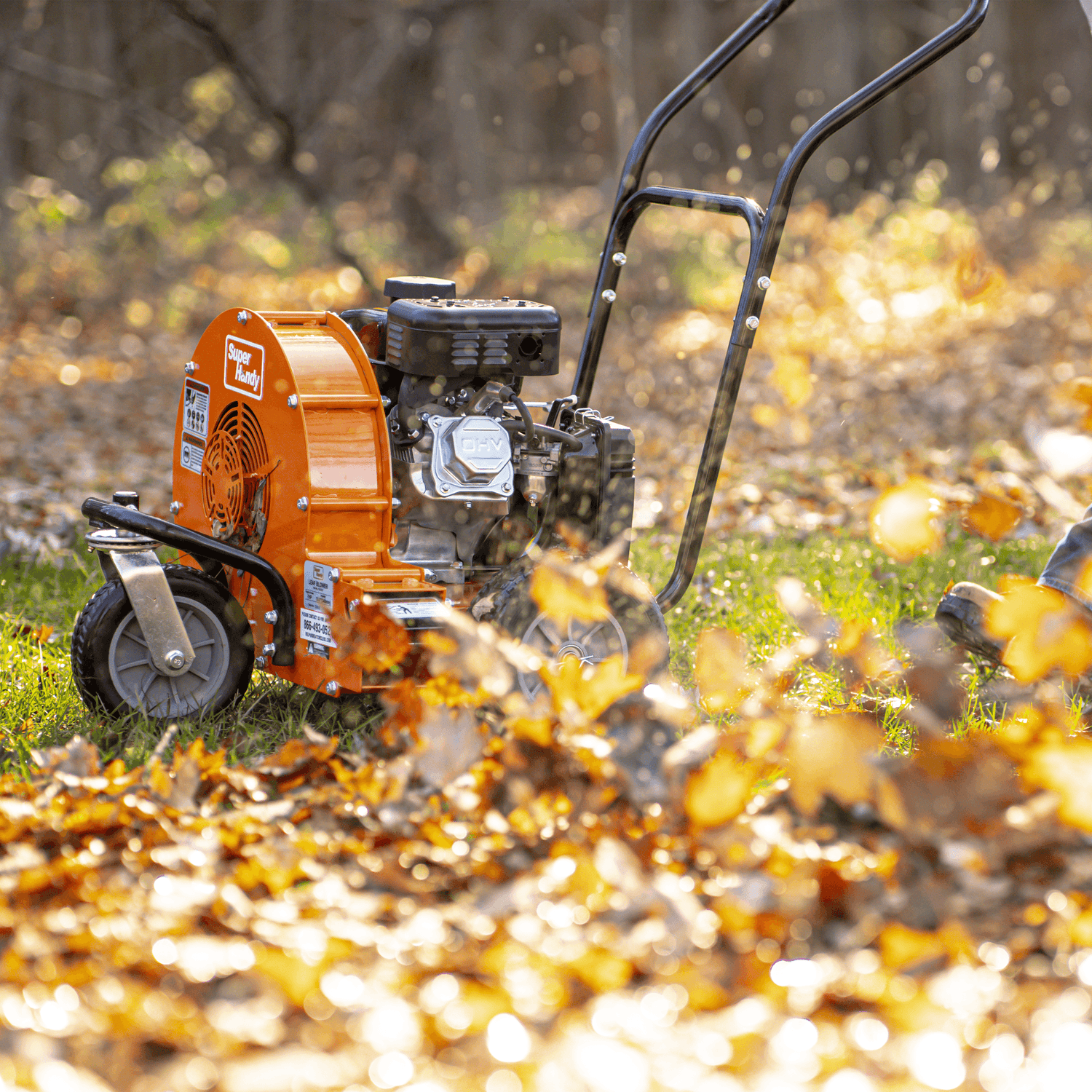
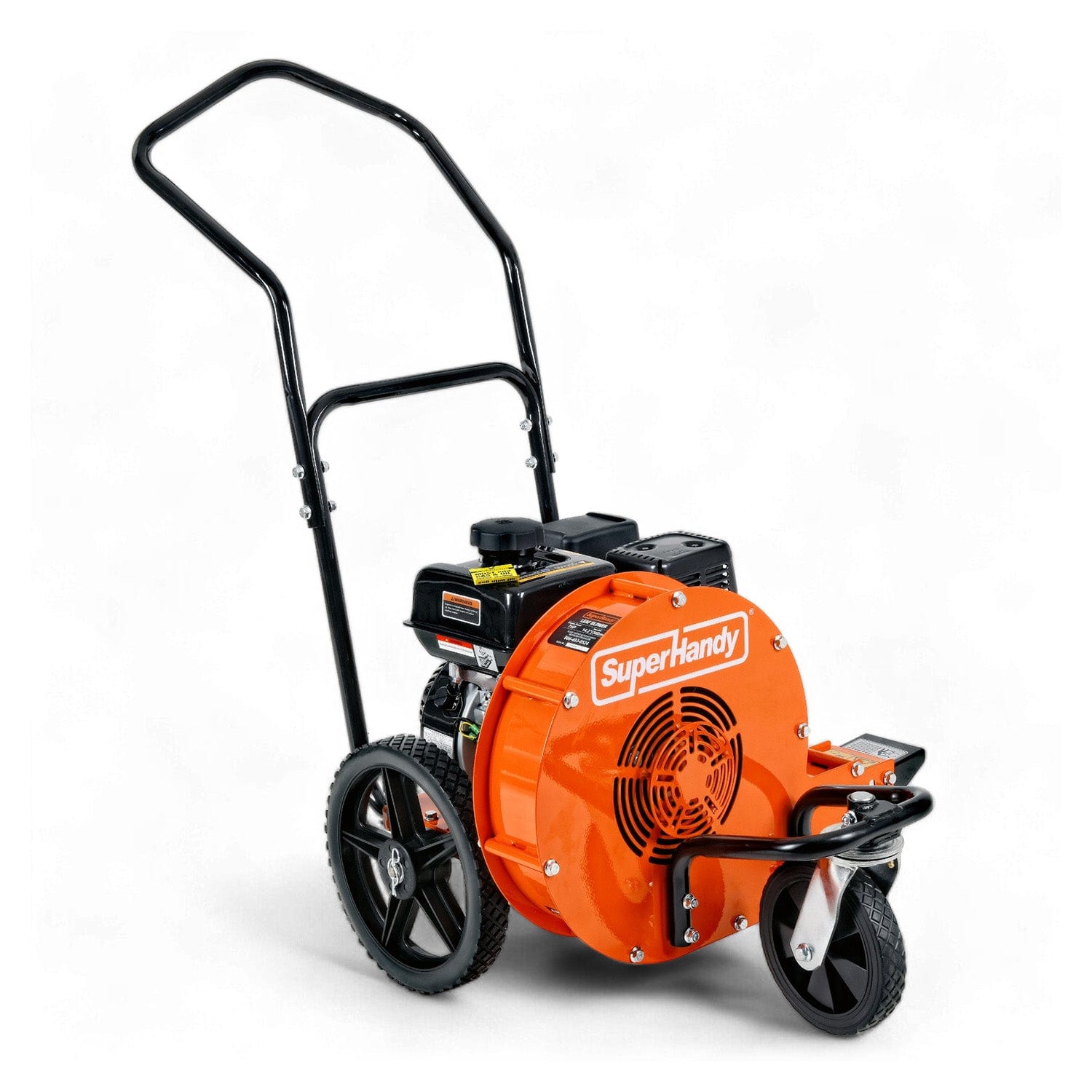
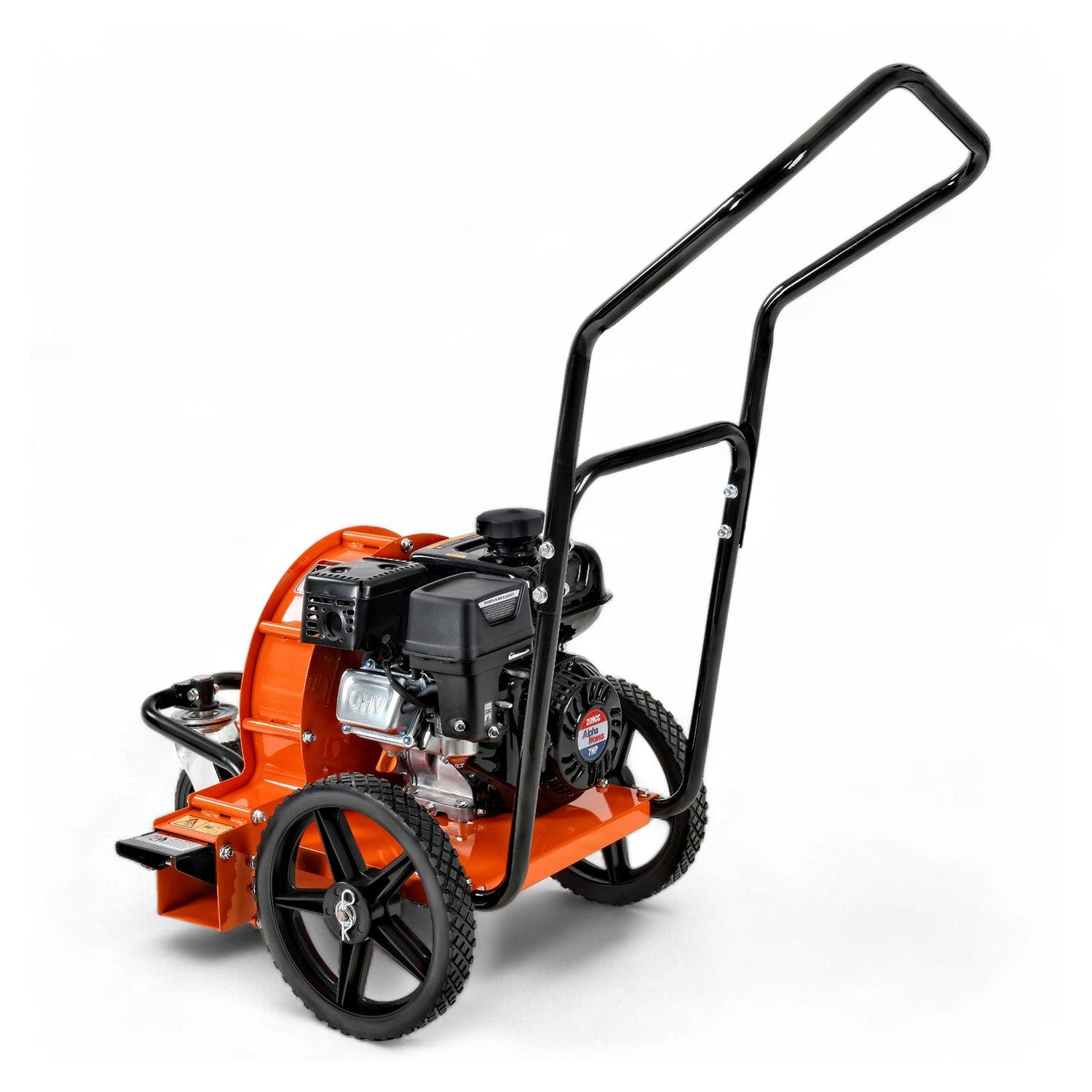
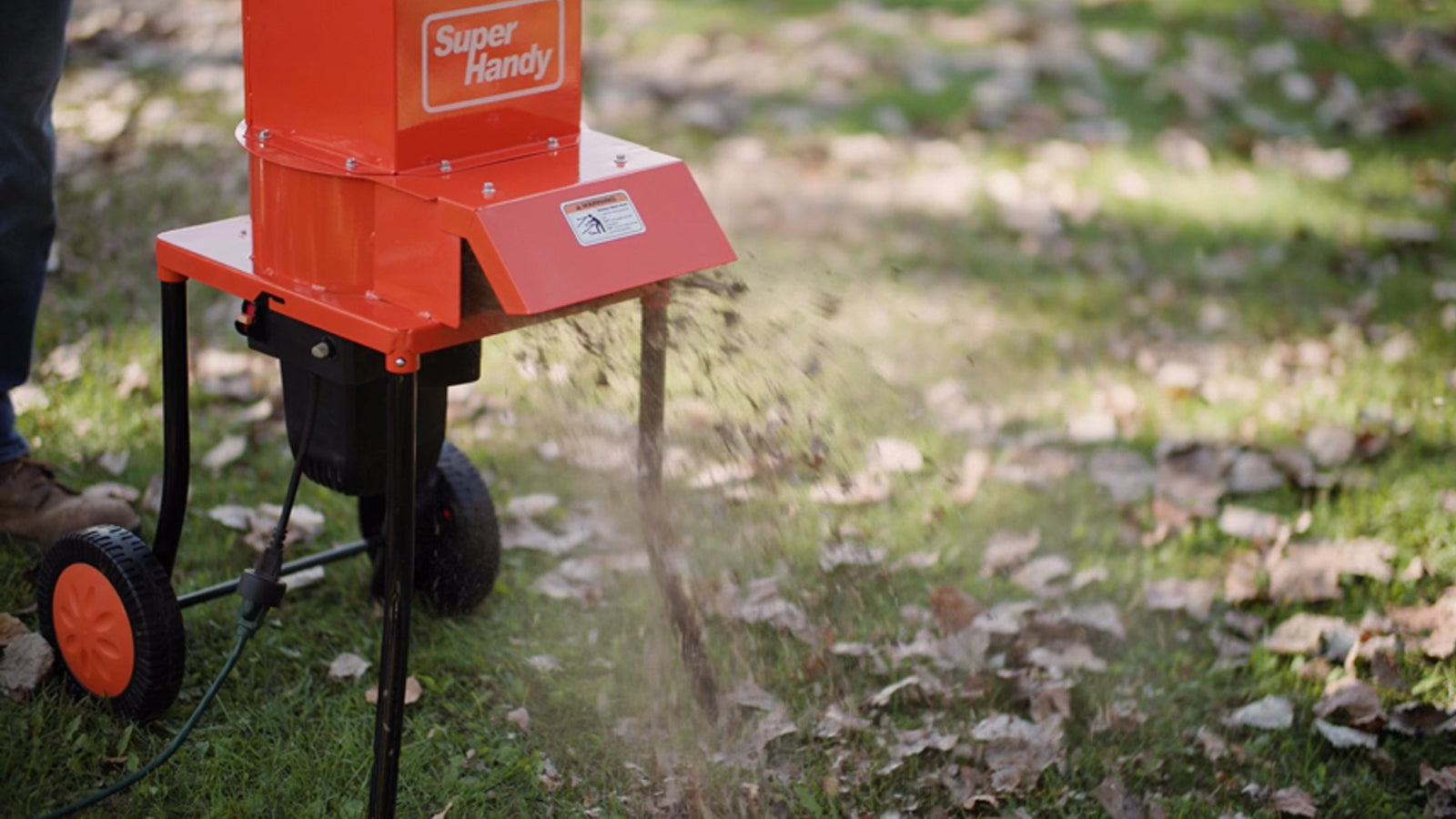
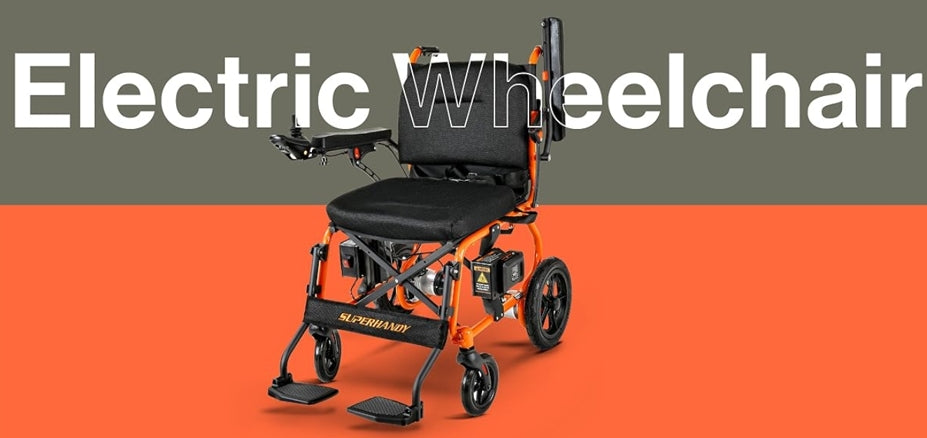
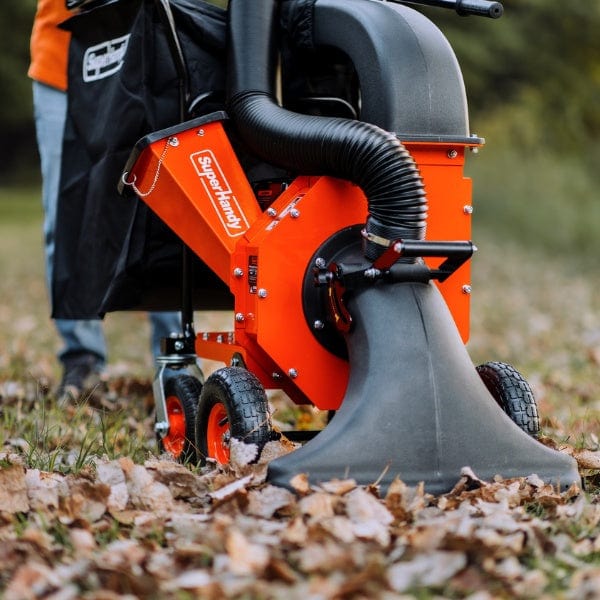
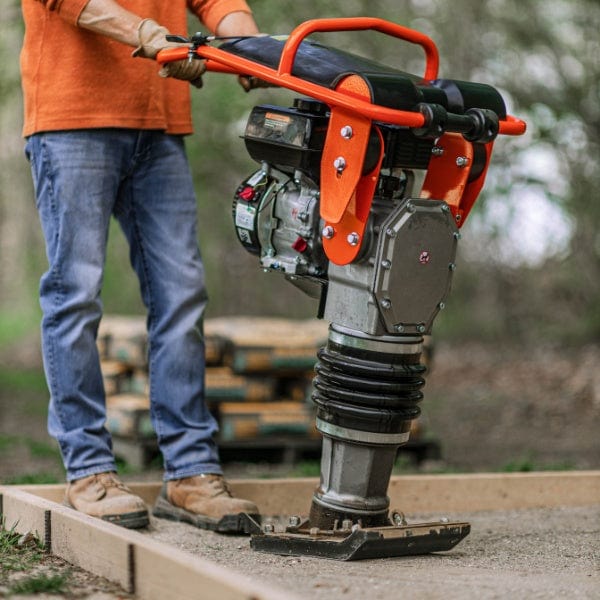
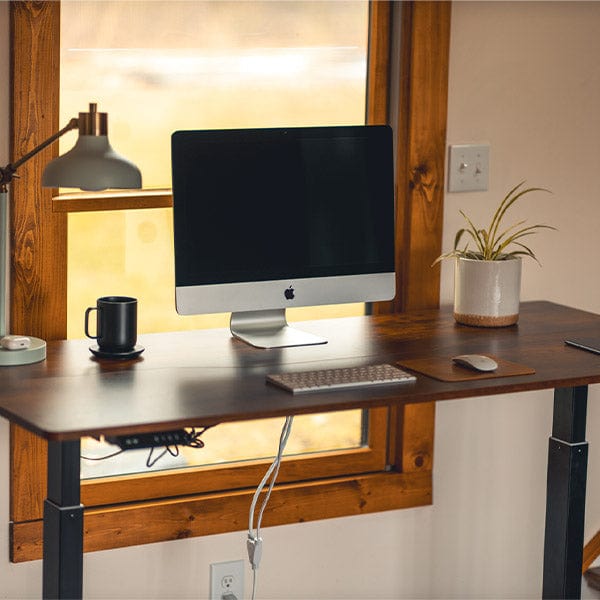
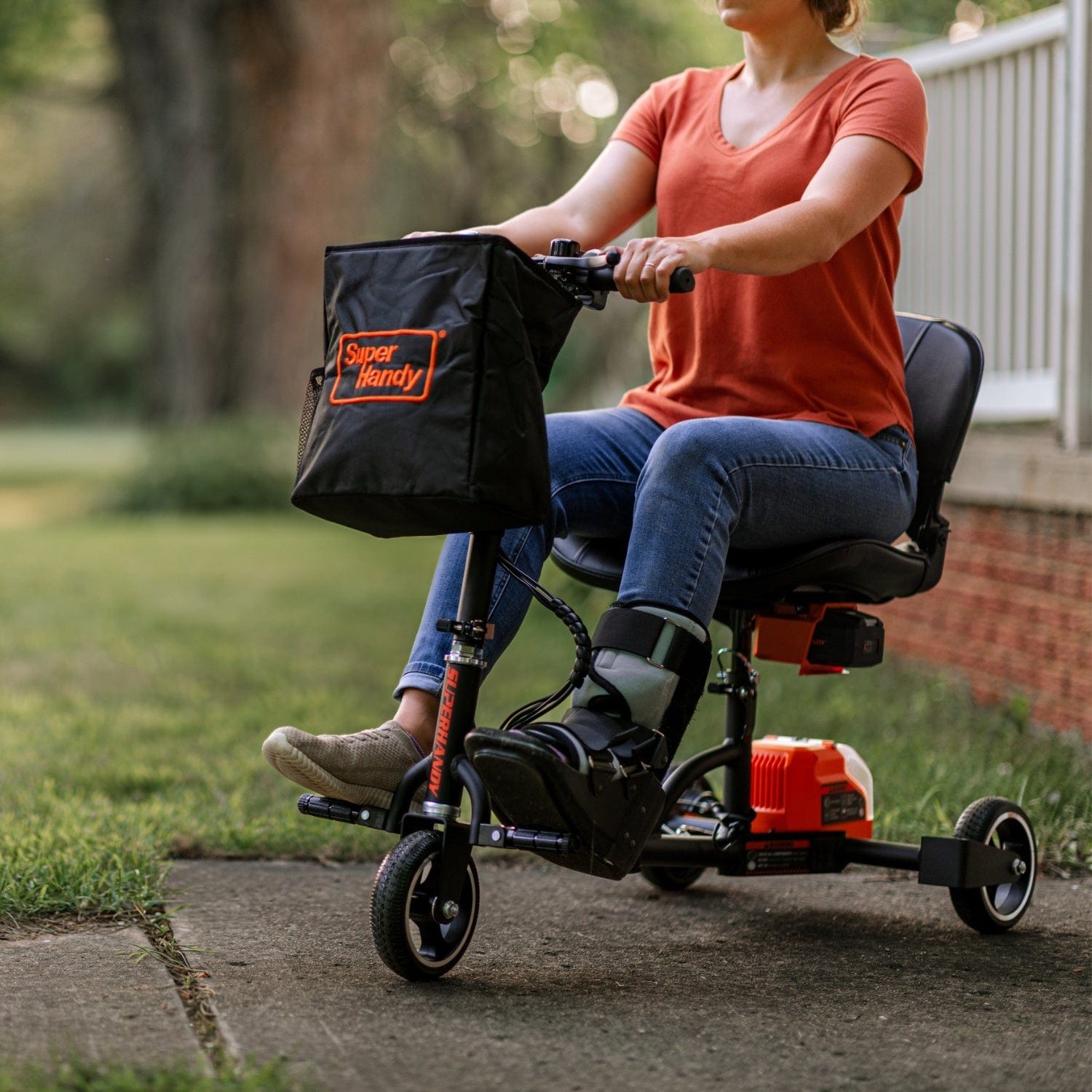
Leave a comment
All comments are moderated before being published.
This site is protected by hCaptcha and the hCaptcha Privacy Policy and Terms of Service apply.